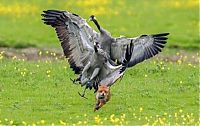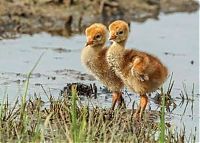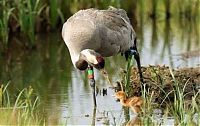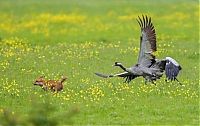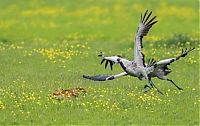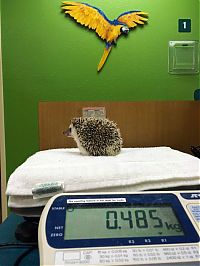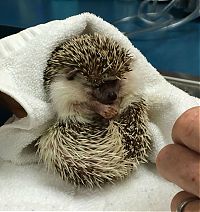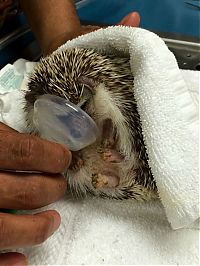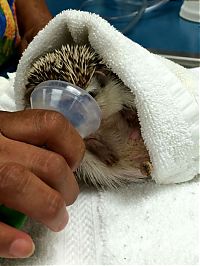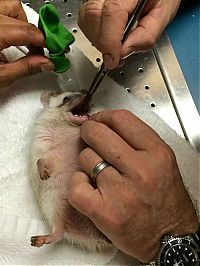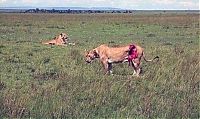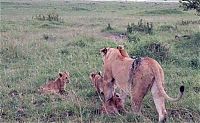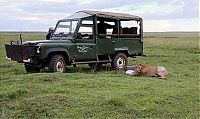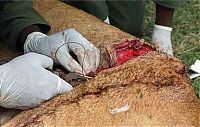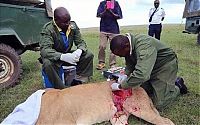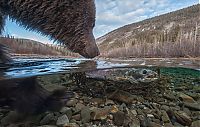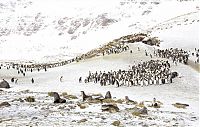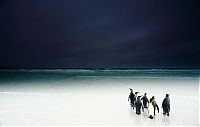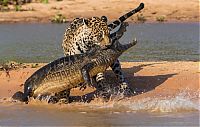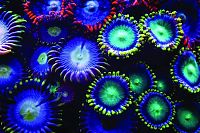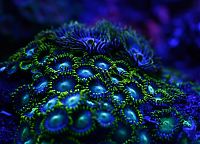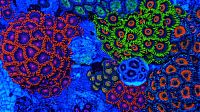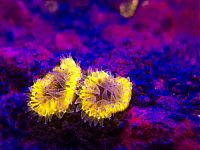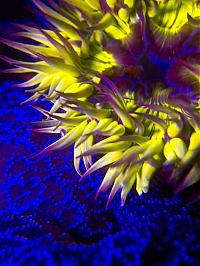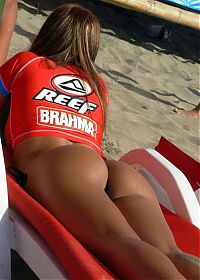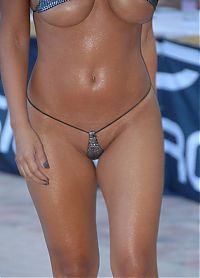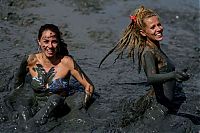Birds Defending Their Young Against A Fox
Monday, 21st July 2014, 07:24:14
Album: Fauna & Flora, New uploads: 6, Hits: 698, Size: 0MiB
Birds (class Aves) are feathered, winged, bipedal, endothermic (warm-blooded), egg-laying, vertebrate animals. Around 10,000 living species makes them the most speciose class of tetrapod vertebrates. They inhabit ecosystems across the globe, from the Arctic to the Antarctic. Extant birds range in size from the 5 cm (2 in) Bee Hummingbird to the 2.75 m (9 ft) Ostrich...
Hedgehog With Anaesthesia
Thursday, 10th July 2014, 12:11:15
Album: Fauna & Flora, New uploads: 10, Hits: 1407, Size: 1MiB
A hedgehog is any of the spiny mammals of the subfamily Erinaceinae and the order Erinaceomorpha. There are 17 species of hedgehog in five genera, found through parts of Europe, Asia, Africa, and New Zealand. There are no hedgehogs native to Australia, and no living species native to North America; those in New Zealand are introduced. Hedgehogs have changed little over the last 15 million years. Like many of the first mammals they have adapted to a nocturnal, insectivorous way of life...
Saving A Wounded Lioness
Wednesday, 9th July 2014, 09:36:41
Album: Fauna & Flora, New uploads: 8, Hits: 1094, Size: 1MiB
The lion (Panthera leo) is one of the four big cats in the genus Panthera, and a member of the family Felidae. With some males exceeding 250 kg (550 lb) in weight, it is the second-largest living cat after the tiger. Wild lions currently exist in Sub-Saharan Africa and in Asia with a critically endangered remnant population in Gir Forest National Park in India, having disappeared from North Africa and Southwest Asia in historic times...
Animal Photography
Thursday, 3rd July 2014, 09:37:00
Album: Fauna & Flora, New uploads: 38, Hits: 2305, Size: 2MiB
Animals are a major group of multicellular, eukaryotic organisms of the kingdom Animalia or Metazoa. Their body plan eventually becomes fixed as they develop, although some undergo a process of metamorphosis later on in their life. Most animals are motile, meaning they can move spontaneously and independently. All animals are also heterotrophs, meaning they must ingest other organisms for sustenance...
Coral Reefs In UV Light
Wednesday, 25th June 2014, 22:23:21
Album: Fauna & Flora, New uploads: 23, Hits: 2354, Size: 1MiB
Coral reefs are underwater structures made from calcium carbonate secreted by corals. Coral reefs are colonies of tiny animals found in marine waters that contain few nutrients. Most coral reefs are built from stony corals, which in turn consist of polyps that cluster in groups. The polyps belong to a group of animals known as Cnidaria, which also includes sea anemones and jellyfish. Unlike sea anemones, coral polyps secrete hard carbonate exoskeletons which support and protect their bodies...
| History | 1 | - | 7 | 8 | 9 | 10 |
|
|
||||||||||||||
